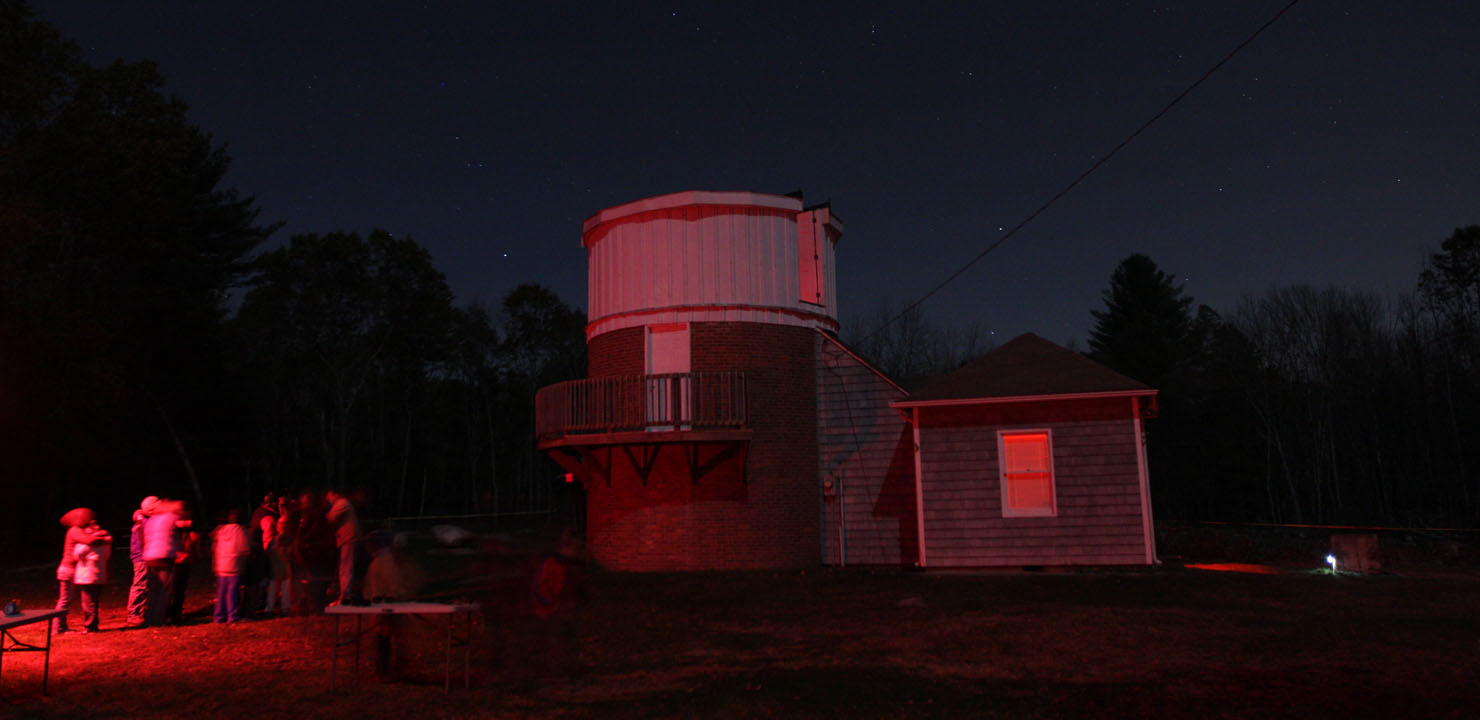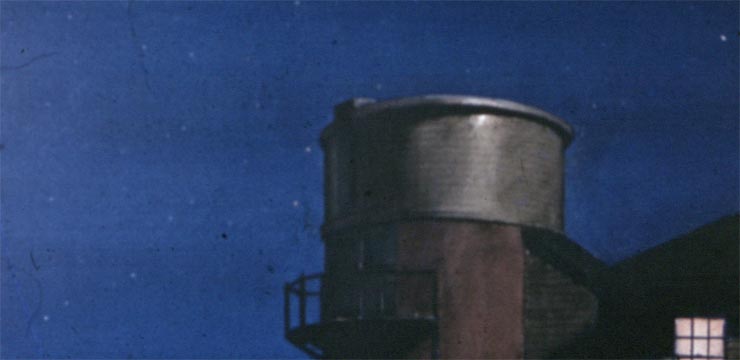November 2011
Sky Pollution Filters and What They Reveal About Nebulae
Timothy BarkerDr. Timothy Barker will demonstrate how filters such as Orion Telescope's Ultrablock filter allow observers to see emission nebulae clearly even when the sky is polluted because of nearby lighting. He will then explain what we can learn about nebulae by viewing them with these different kinds of filters. He will also talk about Wheaton's new observatory and research that will be done there.
Asteroid Research at Wheaton and Australia
Wheaton sophomore Shelby Delos will discuss a NASA-supported research project that she carried out last summer to measure the light curve of the minor planet Ingrid using CCD images obtained by an Internet-controlled 10-inch telescope at Wheaton's southern observatory at Grove Creek, Australia. We are interested in possible collaborations with amateurs on projects of this kind.
Tim Barker received his Ph.D. in Astrophysics at the University of California at Santa Cruz in 1974 and has been at Wheaton ever since. He has taught a variety of courses, including "The Universe," "The Solar System," "Extraterrestrial Life," "Observational Astronomy," "Ancient Astronomies, and "Frontiers of Astronomy." He have published articles on planetary nebulae, supernova searches, and active galaxies and is currently doing asteroid research and searching for Transient Lunar Phenomena.
Related Links
Asteroid Research at Wheaton and Australia
Shelby DelosDr. Timothy Barker will demonstrate how filters such as Orion Telescope's Ultrablock filter allow observers to see emission nebulae clearly even when the sky is polluted because of nearby lighting. He will then explain what we can learn about nebulae by viewing them with these different kinds of filters. He will also talk about Wheaton's new observatory and research that will be done there.
Asteroid Research at Wheaton and Australia
Wheaton sophomore Shelby Delos will discuss a NASA-supported research project that she carried out last summer to measure the light curve of the minor planet Ingrid using CCD images obtained by an Internet-controlled 10-inch telescope at Wheaton's southern observatory at Grove Creek, Australia. We are interested in possible collaborations with amateurs on projects of this kind.
Tim Barker received his Ph.D. in Astrophysics at the University of California at Santa Cruz in 1974 and has been at Wheaton ever since. He has taught a variety of courses, including "The Universe," "The Solar System," "Extraterrestrial Life," "Observational Astronomy," "Ancient Astronomies, and "Frontiers of Astronomy." He have published articles on planetary nebulae, supernova searches, and active galaxies and is currently doing asteroid research and searching for Transient Lunar Phenomena.
Related Links
AAVSO Centennial & Variable Star Introduction
Gerry Dyck

Observing after meeting



2005 YU55 from HUT Observatory



2005 YU55


Portsmouth Star Party


Unusually high turnout for a cloudy night


Another party cloudy night draws visitors to Seagrave Observatory
text
Jim Hendrickson provided this report.




